Clearing the garden in January
Find out what you should be doing in your garden in January and discover the best way to clear an overgrown garden.
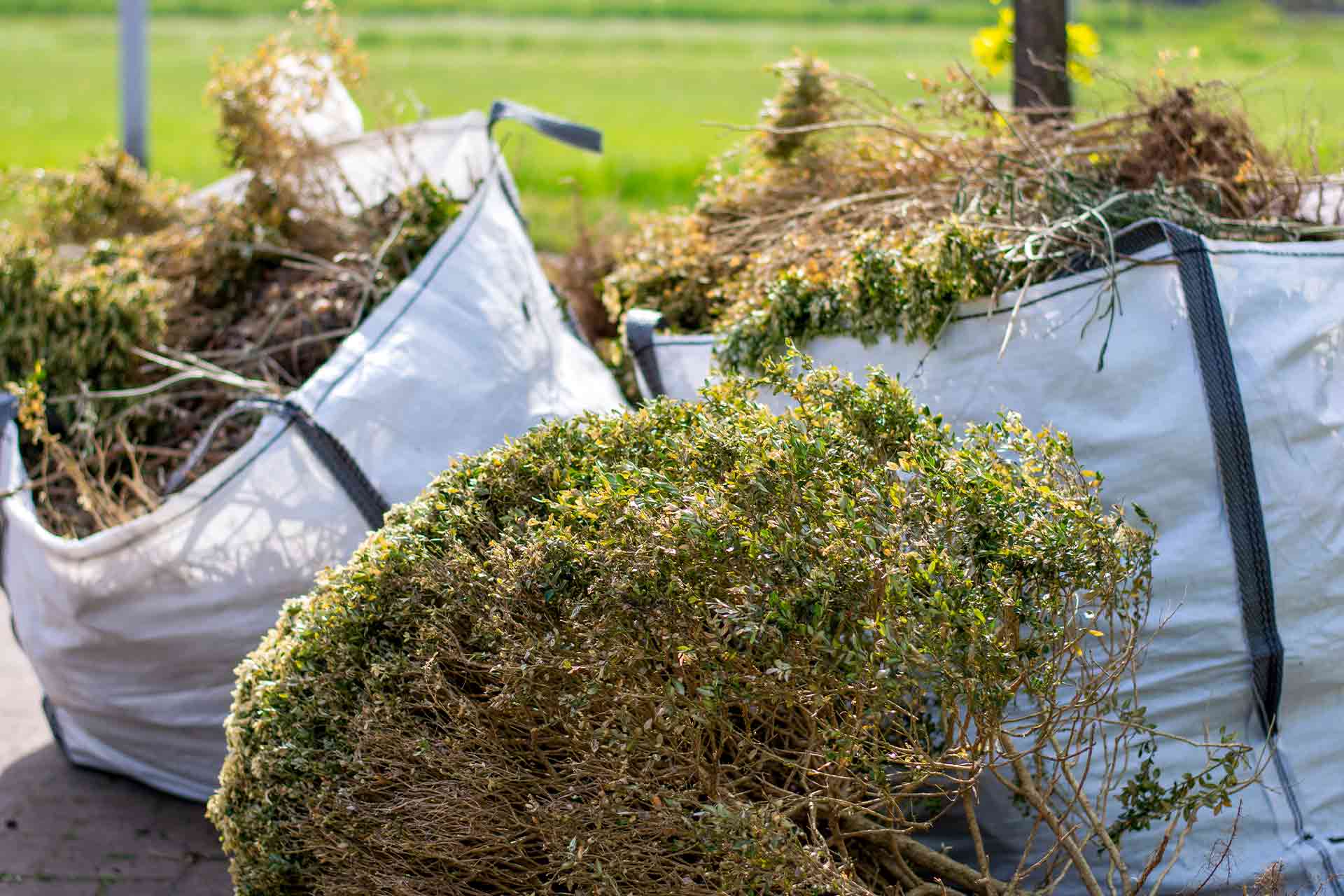
It may be cold outside in January, but it’s the perfect time to start working on the garden ready for the year ahead.
So, channel your new year enthusiasm and energy wisely and use our expert guide to find out the best ways to tackle your garden so that you can maximise your garden’s potential.
What to do in the garden in January
A garden clear-up is the most effective and valuable use of your time as your outdoor space is at its most dormant. Done right, you can encourage the best growth in spring, support wildlife and create a space you want to start enjoying as soon as it starts to warm up.
Just make sure before starting anything, you’re aware of any wildlife in your garden and are careful not to destroy their habitat.
Hiring a gardener will be best as they will be able to spot the signs of life.
Here are the top jobs to do in January:
- Remove those leaves: Grab a wheelbarrow or your green bin and sweep, rake and gather all the dropped leaves around your garden. Compost them if you can, and begin to see the lines of your garden once again
- Prune: January is a great month to trim any hedges, trees and bushes carefully, deadhead any winter pansies and cut back perennials. Just be careful not to damage new growth
- Clean your equipment: The start of the year is an ideal time to clean your garden tools, plant pots, shed and greenhouse. Keeping them in good shape will also keep them lasting for longer
- Pick up your pencil: On a nice day, sit outside, grab a warm drink and draw out your garden. Then plan what you want to grow in the months ahead and get your seeds ordered before the spring rush
- Feed the birds: They’ll be especially hungry and in need of any nuts, seeds or scraps to get them through the last of the winter
Clearing your overgrown garden
January is arguably the best month to clear an overgrown garden. Growth is at its minimum, meaning less work and less rubbish to remove, and also you’ll have a better sight of the job at hand and any plants you want to keep.
Here’s our step-by-step guide to clearing your overgrown garden:
- Establish what you’re working with: Before you chop anything, stand back and look at your garden. Try to make out the shape and outline of your space, and visualise your plan of attack. This will set you up well for every stage of your garden clearance
- Start with any rubbish: By this, we mean clearing out any broken pots, furniture, garden features, rusty tools and general litter. This will help you cut vegetation more efficiently and help prevent any injuries
- Cut back to the ground: Tackle the central area of your garden first, typically the lawn and flower beds to enable you to gain access to the entire area that needs clearing. Move slow and clear out rubbish as you go
- Know your plants: As you clear, you’ll come across different plants, many of which may be ones you’ll want to keep – even if they currently look dead or unattractive. You can use books or apps to identify plants before you give them the chop or, even better, hire a professional gardener to do that for you, they’ll know what to keep and what to get rid of
- Trim hedges: With the plants and grass trimmed back, head onto the hedges and low-hanging trees. It’s always advisable to have them professionally pruned by an expert for plant wellbeing and for a lasting attractive shape when they start to grow back
- Kill the weeds: With plenty of light and space available following your hard work, you can now use weedkillers (preferably natural, wildlife-friendly options such as hot water or vinegar) on the plants that you don’t want to keep, including those growing between any paving
- Dig for victory: This will help the growth of the flowers, fruit and veg you choose to plant
Why not save time and enjoy your garden more by getting a professional in to clear rubbish and plan your planting? Simply enter your postcode in the free search tool below to find garden clearance experts near you.
Organising your garden clear out
Before picking up your spade or dusting off your rake, it pays to plan your January clearout. Planning how you’ll tackle your garden will help you be efficient and will make sure you create the healthiest living environment for you, your plants and local wildlife.
Have a vision for what you want to achieve and what needs to be done to make it happen. Then, think about whether you can do it yourself, or if it would be better to get a professional in.
Remember, chopping back plants, trees and bushes in the wrong way can result in poor growth or, worse still, no future growth at all.
It’s important to consider more than just raking and pruning, too. You might need to remove broken furniture, fix or replace broken fencing and chop down entire trees.
There are experts you can hire to take care of each intensive job to a professional standard, from garden clearance specialists and skip hire providers, to fence installers and tree surgeons.
Get it right for a glorious garden
The garden clearance work you do in January can make a real difference to your garden’s performance in the year ahead, which is why it pays to get it right.
When it comes to pruning, removing plants and chopping down trees, you only have one shot to get it right. It’s easy to cause lasting damage if you cut back too hard or remove established plants. This is why it really does pay to get experts in to advise you and carry out the work to a professional standard.
FAQs
What are the right gardening jobs for January?
January is the ideal time to remove fallen leaves and place them in your compost bin. It’s also a good month to prune back hedges, trees and bushes, deadhead any winter pansies and cut back perennials.
As well as cutting back and tidying, your time in January is also well-spent away from your plants. Clean your garden tools, pots, and outbuildings, and draw out the year’s plan for your garden.
And don’t forget the wildlife, leave some winter food out for hungry birds.
What’s the best way to clear an overgrown garden?
Tackle overgrown plants and grass first, clearing space so you can see what you’re dealing with. As you’re clearing, remember to think about which plants you keep, as some could be attractive flowers, even if they look dead.
Then prune back hedges and trees, taking care to do this safely. Finally, use weedkillers to kill off any plants you don’t want and turn over the soil ready for new growth.
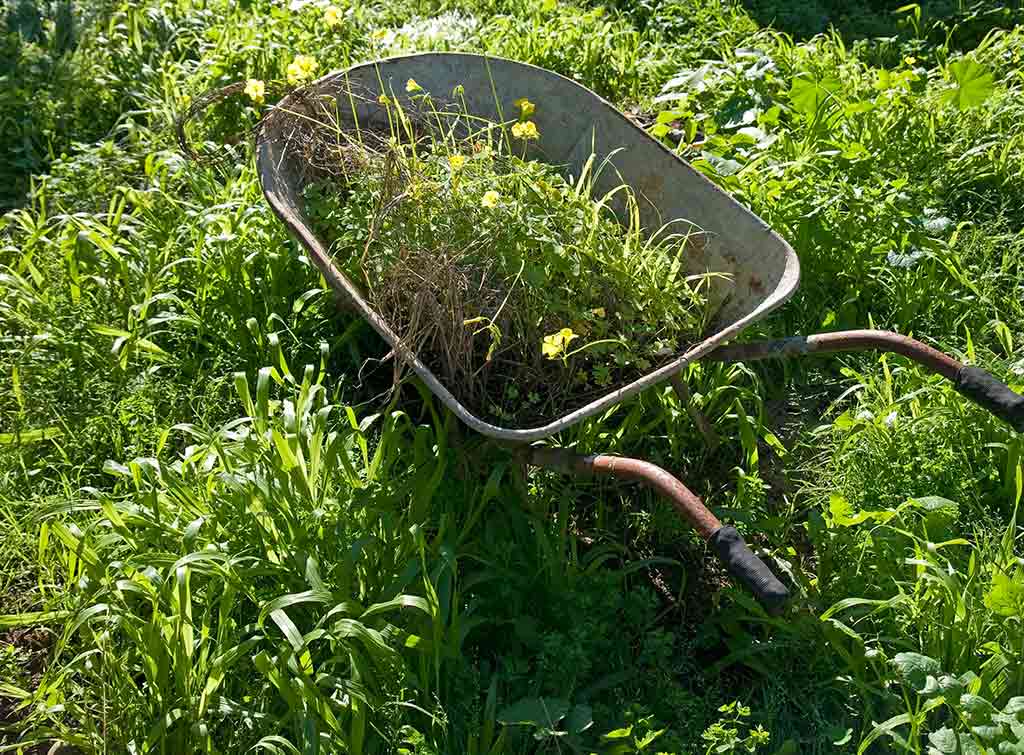
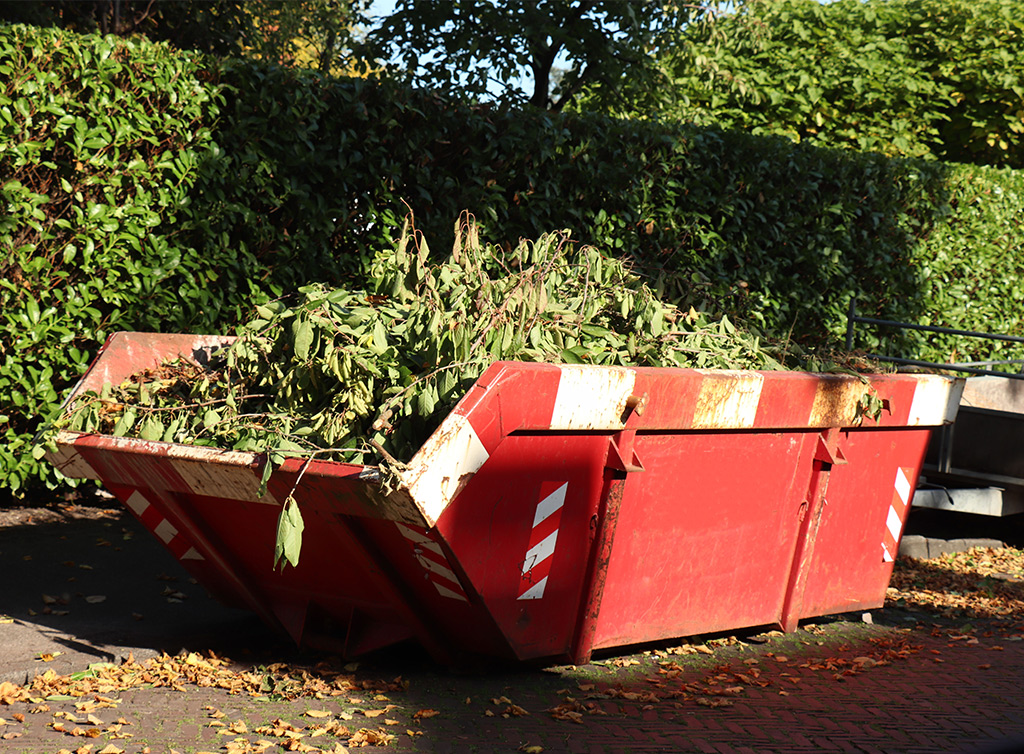
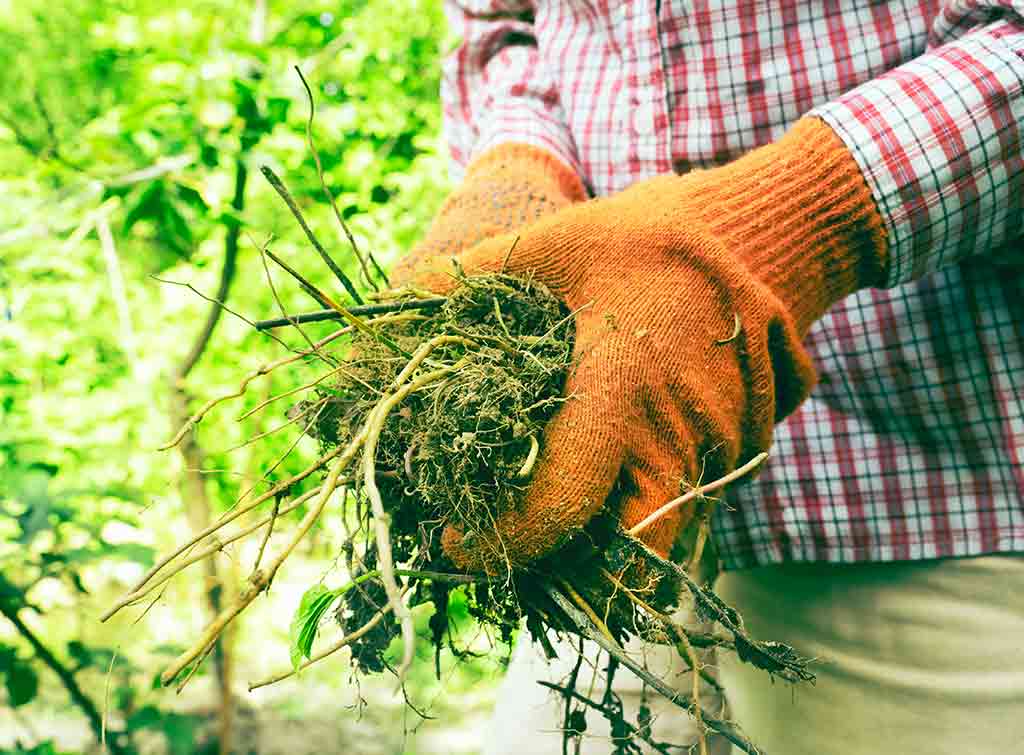
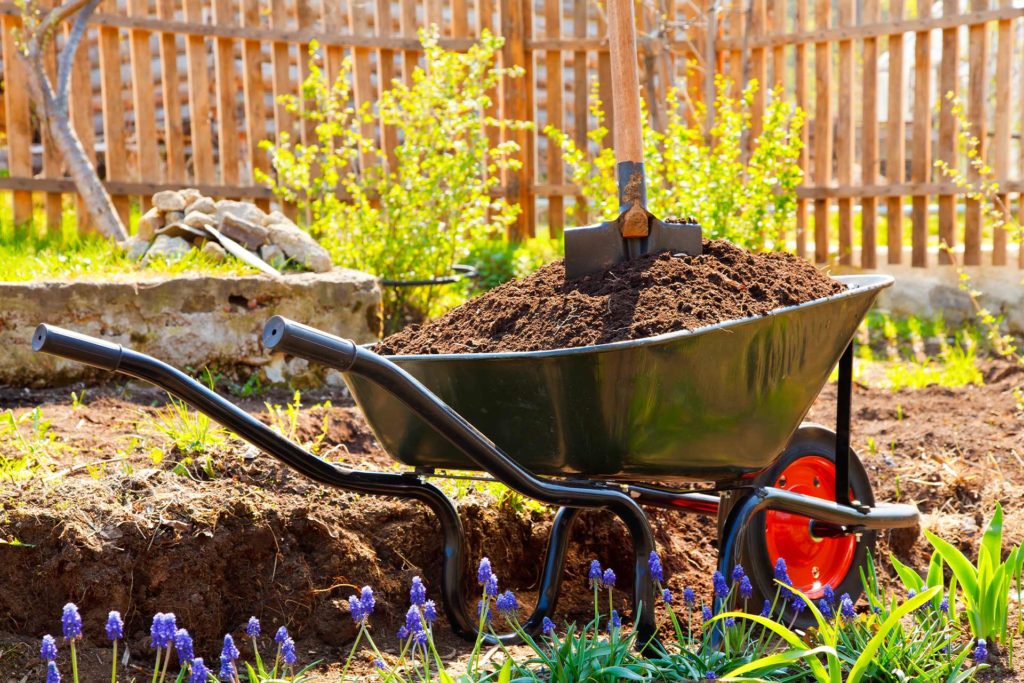
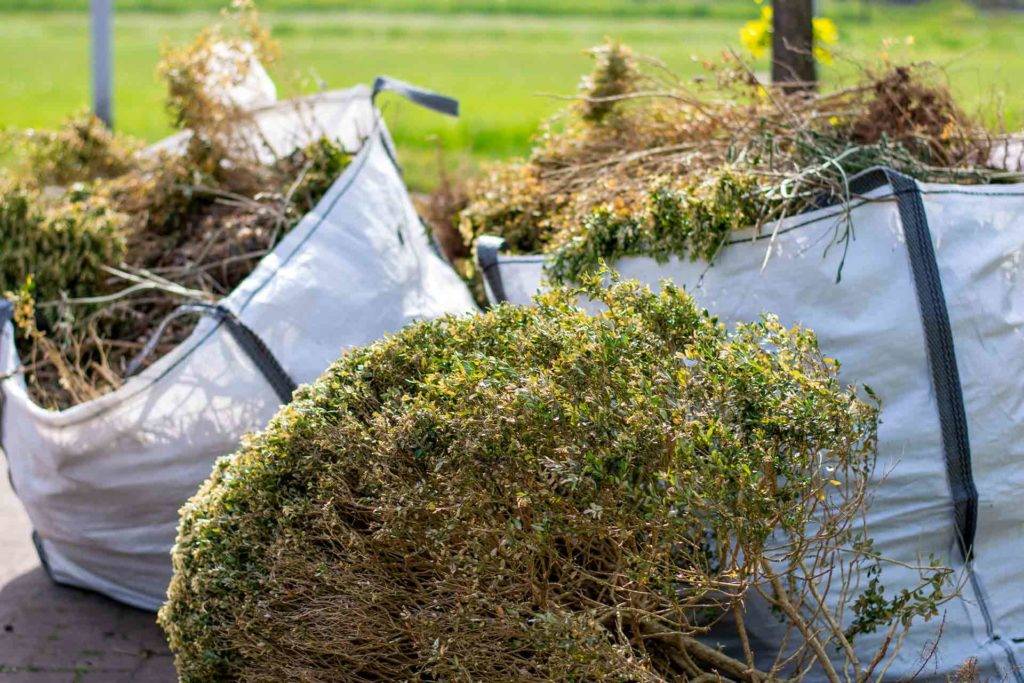

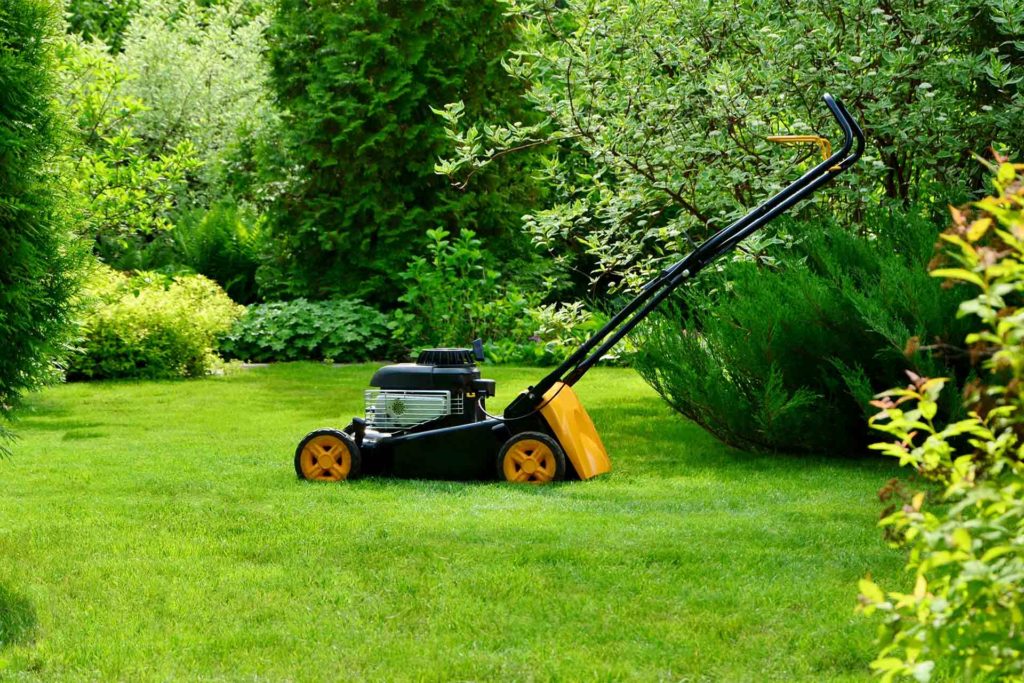
No comments yet!